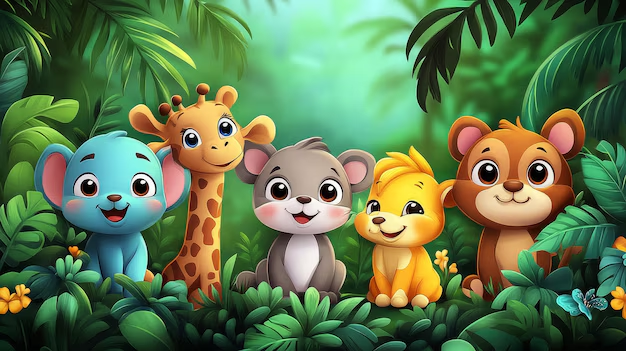Subscribe to Holidah Expeditions Adventures Newsletter
For frequent trip advisories, recommendations & offers

Discover Kenya’s stories through art, history, & science in one iconic location 8 Rating
Perched on the gentle rise of Museum Hill, just moments from the vibrant heart of Nairobi, lies one of the most respected cultural institutions in East Africa. Established in 1930, this remarkable place stands as a gateway into the soul of Kenya—offering visitors a chance to explore its fascinating past, dynamic present, and rich cultural mosaic. As both a learning hub and tourist attraction, it draws in history buffs, art lovers, scientists, and curious travelers alike.
More than just a building filled with exhibits, this institution represents the layers of Kenya’s identity—its archaeological discoveries, wildlife heritage, vibrant ethnic cultures, and the creativity of its people. Each hall and gallery has been thoughtfully curated to tell the country’s story in a way that is accessible, engaging, and unforgettable. It is a destination where heritage and education blend seamlessly with inspiration.
One of the standout areas is the **Hall of Kenya**, a colorful and enlightening showcase of the nation's over 40 ethnic groups. Through traditional artifacts, musical instruments, clothing, tools, and ritual objects, visitors gain a deeper understanding of the beliefs, practices, and daily lives that have shaped Kenya's communities for centuries. It's an eye-opening journey into the cultural diversity that makes Kenya truly unique.
Equally captivating is the **Great Hall of Mammals**, where life-sized animal displays illustrate the incredible biodiversity found across Kenya’s savannas, forests, and wetlands. From elephants and lions to lesser-known species, this exhibit provides an up-close look at Kenya’s world-renowned wildlife. The dioramas not only delight visitors with their realism but also emphasize the importance of conservation in protecting these magnificent creatures.
A major highlight for many is the **Cradle of Humankind** exhibit, which traces the roots of human evolution. With fossil discoveries from prehistoric sites like Lake Turkana, this section reveals Kenya’s significant role in understanding our shared origins. Visitors can view ancient hominin skulls and skeletal remains that date back millions of years, offering a rare and humbling connection to the early chapters of humanity.
Art lovers will find themselves drawn to the **Art Gallery**, which presents a compelling mix of contemporary and traditional Kenyan art. The rotating collections often feature work by emerging and established artists, using various mediums—from painting and sculpture to photography and mixed media—to explore social themes, identity, and daily life in Kenya. This space is a celebration of the country's artistic expression and cultural vibrancy.
Adjacent to the main museum complex lies the **Snake Park**, a favorite for both children and adventurous adults. Here, visitors can view a diverse collection of reptiles, including venomous and non-venomous snakes, crocodiles, lizards, and turtles. The park serves both as an attraction and a learning center, where you can gain fascinating insights into the role reptiles play in Kenya’s ecosystems—and even see them up close in safe enclosures.
This destination is more than just a collection of exhibits—it's a living archive that brings Kenya’s journey to life. It appeals to solo travelers, school groups, academic researchers, and families alike. Whether you’re seeking to understand ancient civilizations, marvel at wildlife, or immerse yourself in the world of Kenyan art, your visit is bound to be enlightening and inspiring.
Ultimately, this space offers more than facts and artifacts—it provides a powerful connection to the land, the people, and the stories that have shaped the country. It invites reflection, discovery, and admiration. A few hours spent here will leave you with a newfound appreciation for the depth and diversity of Kenya’s national heritage. It’s not just an indoor experience—it’s a journey through time.
For frequent trip advisories, recommendations & offers
